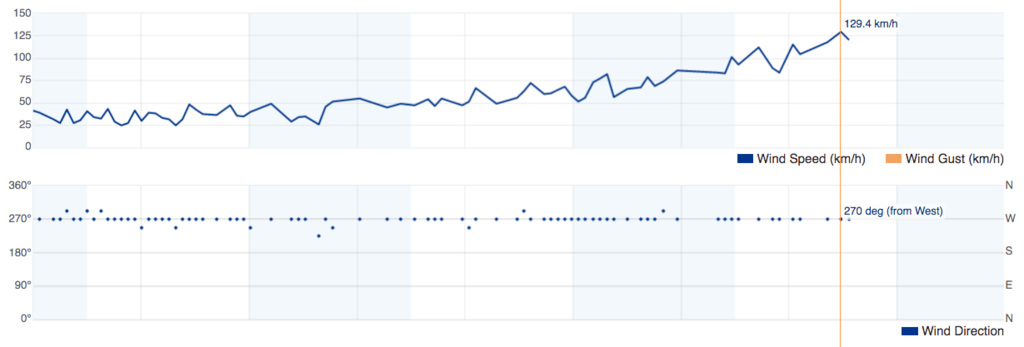[QUOTE=Kennebec Captain;195756]This is absolutely not about the ability of the officers to assess wind velocity without an anemometer.
Had the captain told the watch officers that there was uncertainty with regards to the location of center of the tropical cyclone and it was critical to monitor wind direction, no doubt they could have provided the needed information. However evidently the captain was certain of the location of the center and apparently did not see any need for the bridge watch to monitor the weather.
Had the captain felt that monitoring of the weather by the bridge watch was important in the first place likely he would have made a greater effort to have anemometer repaired.[/QUOTE]
Didnt’ he?
Instead of your last, I would say, Had the Captain felt that the bridge watches’ ability to monitor wind direction and speed inadequate, he likely would have made more of an effort.
But he clearly felt that monitoring the weather was important as noted in his instructions of 30 Sep/1317:
Capt 13:17:04.8: From here-here out log the weather, just um wind direction and force, barometer every hour.
Capt 13:17:14.3: Keep an eye on this I mean I know it’s in a lull
Capt 13:18:20.0: no, no, no, no I don’t necessarily need the temperature… the barometer
In terms of communicating uncertainty, I think he did, and certainly the 3M and 2M calls indicate they felt able to make observations on storm movement when they had info.
In any case, he did have them do hourly logs monitoring weather (wind speed force baro) and reviewed them and noted uncertainty in the storm action aloud. See 30 Sep/14:02 and after and note also his comment, “we’ll just have to watch it, there’s not much we can do (but they) the weather pattern itself is crazy erratic”.
With regard to an early comment of yours, KC, “almost seems”? How do you feel the transcript fails to support his minimization of weather impacts as a risk? I would consider his minimization of the threat posed by weather to anything but making way is key to his monitoring of the storm movement in less than line-by-line adherence to Bowditch recommendations.


